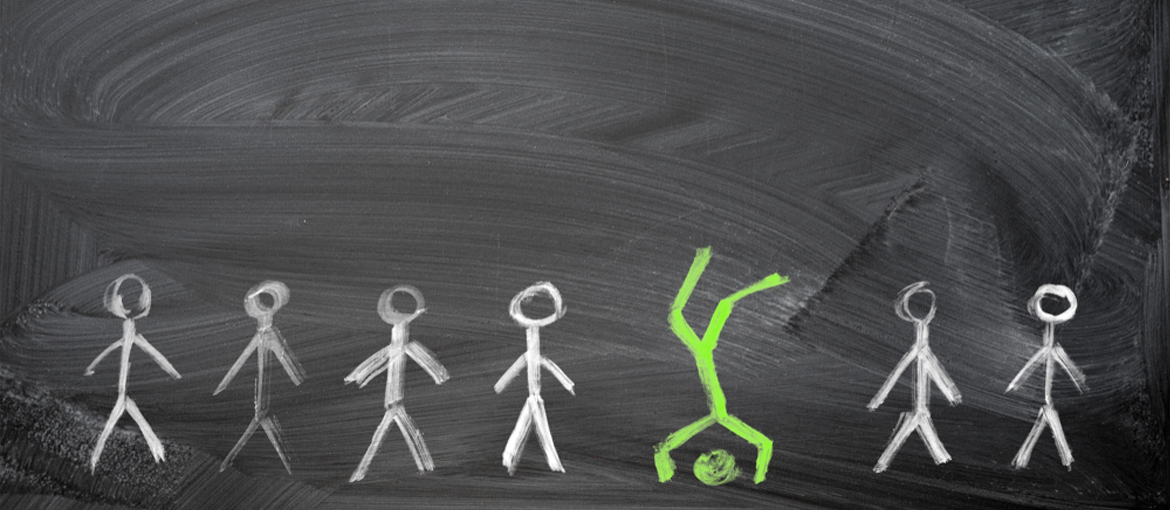Table of Contents
Philip Kotler, Kevin Lane Keller, Seth Godin… the list goes on.
Have you heard of them? They are some of the leading experts in marketing, branding and communication in the world. Some people even call them gurus. I decided to mention their names right at the start of the article both to thank them publicly for everything they’ve thought, written and done, and because their thinking is now being called into question by one little word – sameness.
But let’s take things one step at a time – I’ll start off by telling you why we should be grateful to these great exponents of marketing and branding techniques, before explaining why in recent years it has become necessary to ‘move on’ from some of their most commonly accepted thinking.
In branding, everyone agrees to be different
All the authors I cited at the beginning of the article, and in general all the ‘founding fathers’ and key theories in the world of marketing agree that the purpose of brands is to reinforce and highlight differences. Why else would you constantly strive to create an identity and strong image for your company if not to make it unique and different in the eyes of partners, suppliers and (most importantly) customers? It allows you to stand out in your publicity materials, job adverts, advertising and all the other tools you have at your disposal.
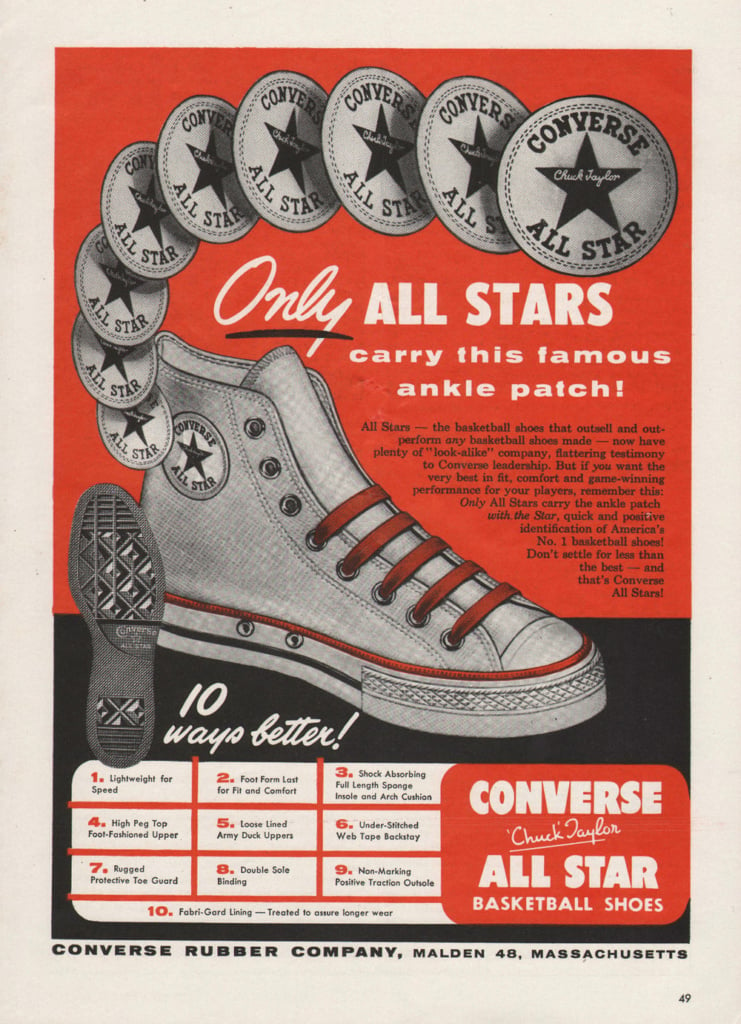
Everything therefore seems to be in agreement: marketing, communication and branding were invented, and are used day in, day out, to create differentiation, or, ideally, something even more special: Uniqueness.
Marketing unique selling points has always made the difference, along with a perfect brand and visual identity: all the various touch points, from the website to the packaging, are essential if a brand is to be noticed.
As the blog of design agency BBH puts it: “Advantages are rooted in differences. In the asymmetries among rivals.” In other words, they are found in the creativity that should underpin an experience based on uniqueness.
A new marketing mindset, driven by globalisation
So far, so good. Or at least it would be, were it not for globalisation! In fact, global thinking is starting to undermine these fundamental aspects of marketing and branding.
The best way to explain it is with an example. Have you ever noticed that all subway or metro maps look the same? Whether you’re in Milan, Rome, London or New York, no matter how complex the network, the maps are all very similar. And for tourists, this provides a great deal of reassurance.

Now look around you. The same applies for shop layouts and the new co-working spaces that are so fashionable around the world at the moment, for websites and lots of other physical and digital objects.
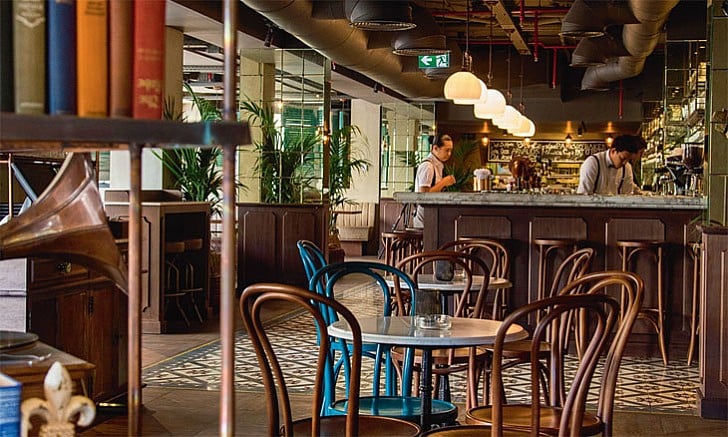
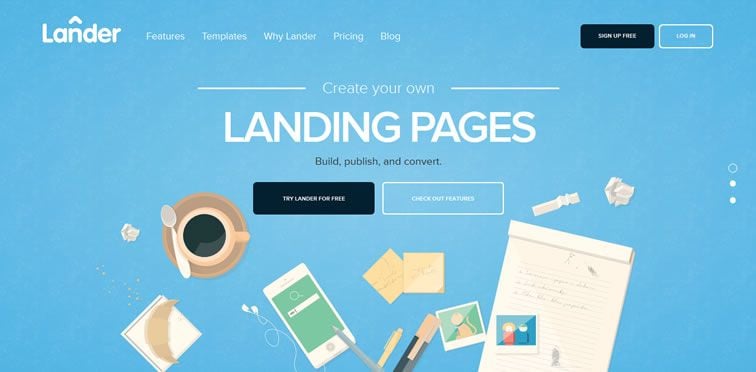
Then consider all the visual design trends, like the nameless logo chosen by MasterCard, Apple, Nike, Shell and countless others.
While uniqueness differentiates between things, sameness brings different objects together and creates a visual and perceptive bond between them. To understand why this is happening, look no further than globalisation – it comforts and reassures people, creating a strong sense of déjà vu no matter where you are or who you are with.
A question of balance
So what is the best solution for your marketing?
Is it best to make yourself stand out, or integrate yourself into the extremely reassuring environment, where everything looks and feels the same and has similar colours, visuals and forms, that globalisation has slowly turned into standard practice?
As always, the answer lies somewhere in the middle.
Celine
If you want to make people feel at home, whoever and wherever they are, choose sameness and design a global brand experience. Céline’s rebranding as Celine, for example, provoked a lot of discussion. By deleting the very French-looking accent and making the logo more modern, the company took a major step towards sameness, and a step away from ‘Frenchness’. We will have to wait and see whether it was a wise decision.
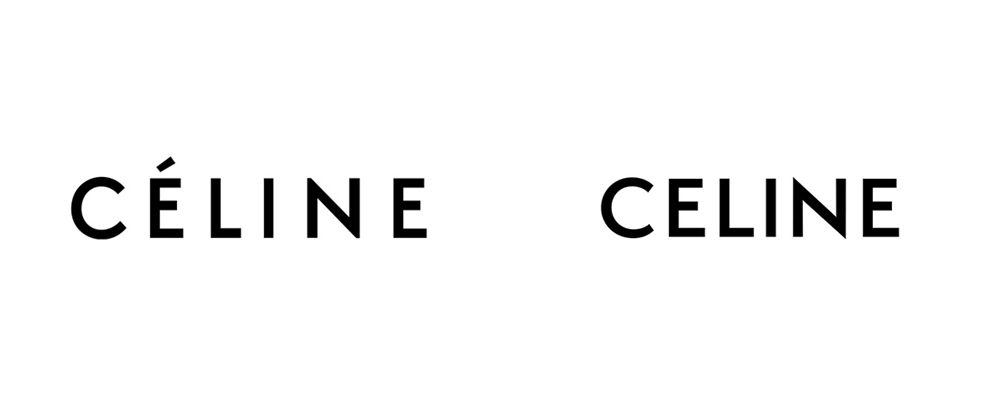
Archipelago
If, on the other hand, you want to experiment with the shock factor and the exotic, head further down the uniqueness route. When I say brand experience, I mean the design of every aspect of the experience offered to guests. For example, have you heard of Archipelago? It’s a restaurant in London with a very good reputation, where scorpions and snakes are no longer dangerous insects and amphibians, but instead mouthwatering dishes to be enjoyed with a glass of fine wine (while leaving your wallet feeling a great deal lighter), eaten with plates and cutlery that are equally exotic and distinctive. Crazy? Perhaps. But Archipelago is constantly one of the highest-rated and critically acclaimed restaurants in the entire city, or indeed in the whole of Europe. And it is indexed on Google for keywords such as ‘where to eat insects in London’. You don’t get much more unique (or more ‘long tail’) than that…
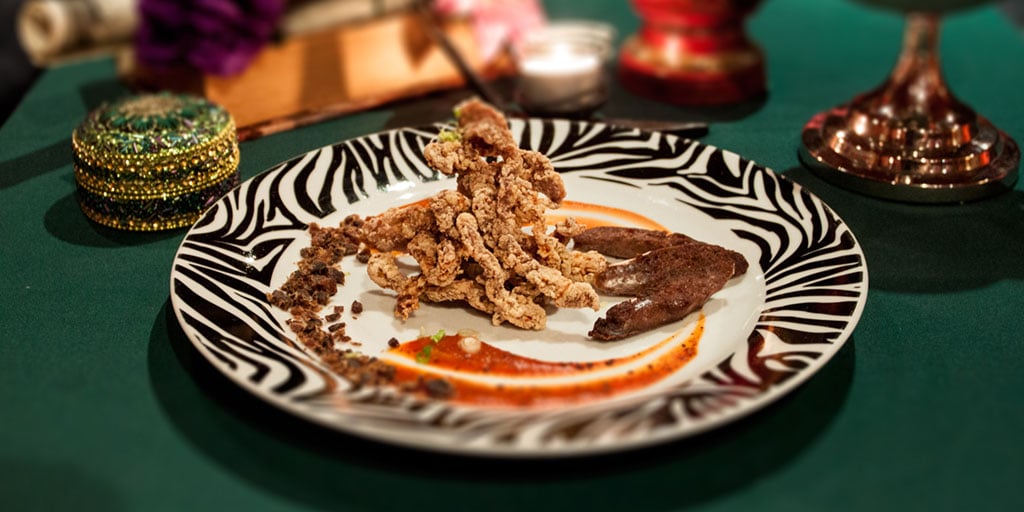
But be careful: always take care not to dumb down your brand if you choose the former, or raise the bar too high when it comes to customers’ tastes, habits and customs if you opt for the latter. Plenty of research and some cultural awareness are needed to set you on the right path.
The ultimate litmus test, however, will always be provided by the customer.
Good luck!

